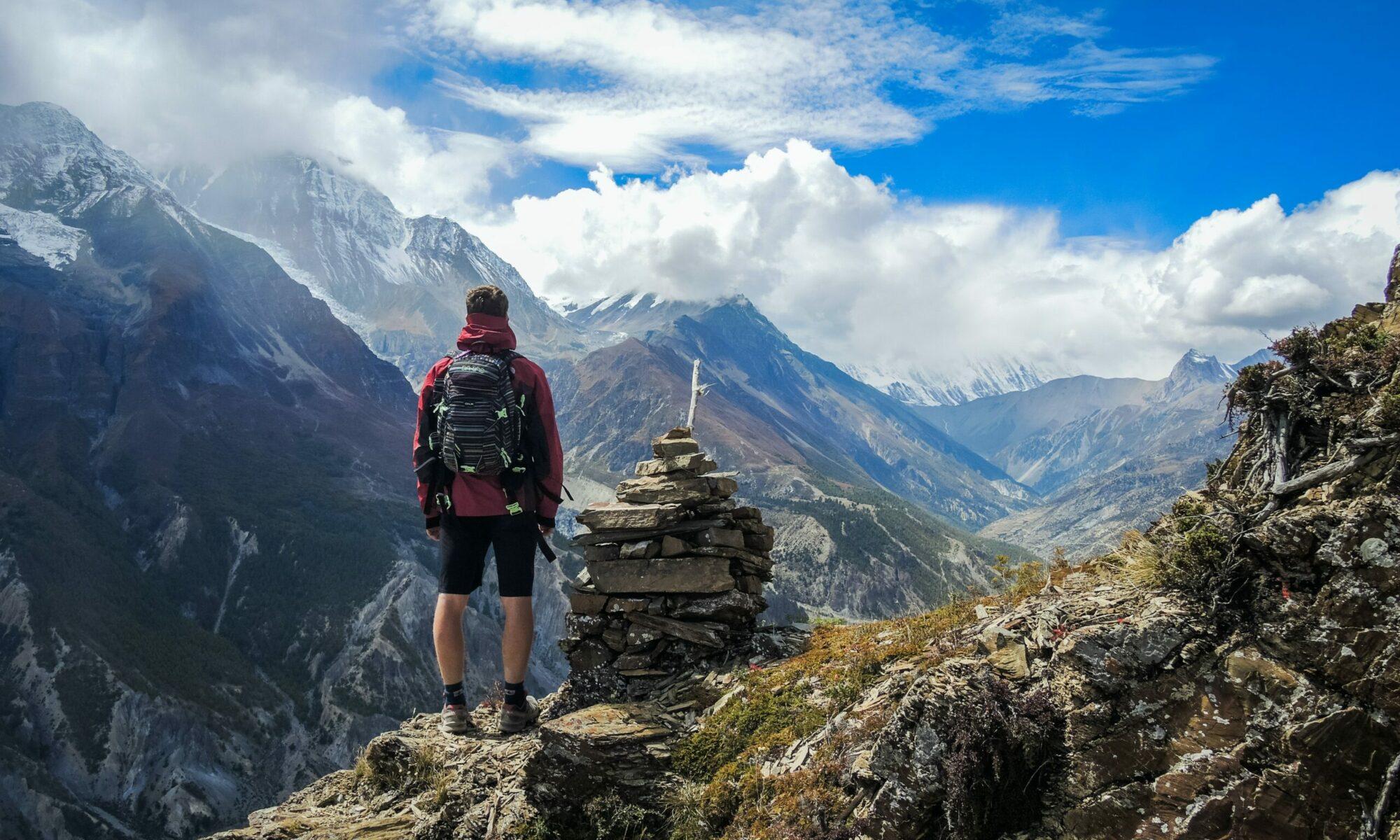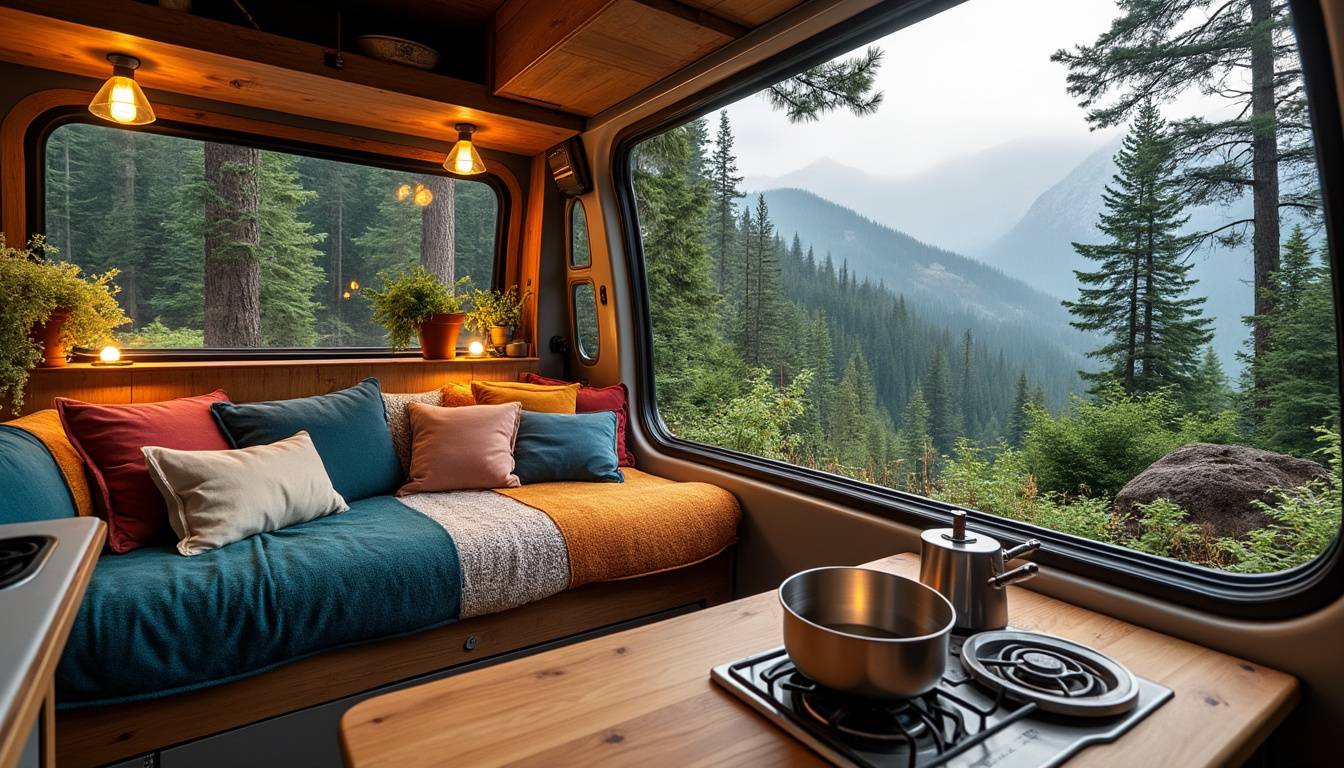Vanlife represents more than just a movement; it’s a lifestyle embodying freedom, simplicity, and the call of open roads. In a world where staying connected yet connected with nature becomes a priority, transforming a van into a fully functional living space is the ultimate expression of nomadic living. Whether you’re eyeing a classic Kombi Life van or a rugged Sportsmobile, each vehicle offers a canvas for personalization. With advancements in solar technology, space-saving designs, and sustainable materials, 2025 presents unparalleled opportunities for enthusiasts to craft a home on wheels. This guide provides an in-depth exploration of creating a vanlife space that blends comfort, efficiency, and adventure, allowing you to embrace the nomadic spirit fully.
choosing the right van: foundation for a functional vanlife
Embarking on the vanlife journey begins with selecting the perfect vehicle, the vehicle that suits your needs profoundly impacts your daily living experience and adventure scope. Popular options in 2025 include the classic Winnebago, the versatile Roadtrek, and the nostalgic Kombi Life vans. Additionally, brands such as Outside Van, Sportsmobile, and Adventure Wagon cater to varied adventure styles.
Key considerations for your van choice include:
- Space optimization: Ensure sufficient room for a sleeping area, kitchen, storage, and workspace. For example, a Rocky Mountain Camper Van might be smaller but designed for maximal internal utility, while an Airstream could offer a more spacious and luxurious feel.
- Mechanical reliability and fuel autonomy: The van should have a dependable engine that balances power with fuel efficiency, crucial for remote off-grid adventures.
- Insulation and climate adaptability: Proper insulation is vital. Vans insulated with modern eco-friendly materials ensure warmth in colder climates and cool interiors during summer escapades.
Recognizing these aspects ensures you start with a vehicle that fits your lifestyle. For example, a family-oriented vanlife enthusiast might prioritize a high-roof van for space, while a solo adventurer enjoys the compact freedom of a nimble Rocky Mountain Camper Van.
| Van Model | Typical Size | Ideal Use Case | Fuel Efficiency | Notable Features |
|---|---|---|---|---|
| Winnebago | Large | Full-time family living | Moderate | Spacious interior, full kitchen, bathroom |
| Roadtrek | Medium | Couples or solo travelers | High | Compact and well-insulated |
| Kombi Life | Compact | Weekend getaways, city-friendly | Very high | Classic design, easy maneuverability |
| Sportsmobile | Medium-Large | Adventure seekers, off-road | Moderate | Off-road capabilities, modular interiors |
| Airstream | Large | Luxury nomadic living | Low | High-end finishes, aerodynamic design |
technical insights on vehicle choice and insulation
Investing in advanced insulation technologies is gaining traction in 2025. Many van dwellers now utilize materials like reflective foil insulation combined with eco-foam layers to regulate temperature. This choice reflects an awareness of energy conservation and a desire for consistent comfort, whether camping near a Rocky Mountain Camper Van trail or the desert edges.
For instance, a van outfitted with high-grade insulation paired with dual-pane windows can dramatically reduce the need for supplemental heating or cooling, thereby conserving battery energy. This is particularly beneficial when paired with solar panels and lithium batteries, supporting not just comfort but functional living.
- Use of spray foam insulation for hard-to-reach cavities
- Incorporation of sound-dampening layers to improve cabin quietness
- Ventilation systems that work in tandem with insulation to prevent moisture buildup
- Thermal curtains and window covers for additional temperature control
designing the interior: maximizing every inch for comfortable living
Once the foundation is set with your vehicle, the focus shifts to interior design — a crucial phase ensuring your van’s livability aligns with your nomadic ambitions. The challenge lies in balancing functionality, comfort, and style in limited space while staying organized throughout life on the road.
strategic space layout and modular furniture solutions
Opting for a flexible layout can revolutionize how you experience vanlife. Modular furniture allows seamless transition between a living area, workspace, and sleeping quarters. Consider the following design priorities:
- Convertible beds: A sofa that folds into a bed or a murphy bed saves space without sacrificing comfort.
- Multipurpose furniture: Table surfaces that double as prep areas and desks accommodate work and leisure.
- Efficient storage: Utilizing under-bed storage, overhead cabinets, and hidden compartments maximizes capacity.
- Easy access solutions: Sliding drawers, fold-out shelves, and pegboards aid in maintaining a clutter-free environment.
For example, an Adventure Wagon owner converted their footwell area into extra storage drawers, making the most of typically wasted space. Similarly, Rocky Mountain Camper Vans often feature overhead netting and fold-away tables tailored to their rough terrain lifestyle.
| Furniture type | Functionality | Space requirement | Best suited for |
|---|---|---|---|
| Murphy bed | Convertible bed/wall space saver | Medium | Full-time vanlifers |
| Slide-out kitchen unit | Compact cooking area with storage | Small | Weekend adventurers |
| Foldable table | Dining, working, prep area | Minimal | Digital nomads |
| Storage drawers under bed | Hidden organization | Varies | All vanlife users |
The integration of design with practicality is visible in popular vanlife builds across platforms in 2025. Social channels and YouTube remain vibrant spaces where owners share conversion hacks and layout innovations, allowing newcomers to draw inspiration and avoid common pitfalls.
energy solutions and appliances: autonomy in the heart of vanlife
Achieving energy independence is key for a truly nomadic lifestyle. Vans like the Outside Van and Rocky Mountain Camper Vans increasingly rely on renewable energy, especially solar power, alongside efficient energy storage and usage practices. Mastering these solutions enables sustained living off-grid while minimizing environmental impact.
solar power and battery management in vanlife
In 2025, solar panels have become more efficient, lightweight, and easier to install. Coupled with lithium-ion batteries, these systems power essential appliances while keeping the carbon footprint low. Benefits include:
- Quiet operation: Unlike noisy generators, solar panels provide silent power.
- Cost-effectiveness: Lower long-term energy expenses reduce the need for fuel refill stops.
- Renewable energy source: Enhanced battery management systems allow for optimal charge and discharge cycles, extending battery life.
The energy setup typically involves:
- Pare solar array on the roof sized based on daily energy requirements
- Lithium-ion battery bank for energy storage
- Energy-efficient LED lighting and low-power appliances
- Inverter systems for AC power when needed
| Energy component | Function | Typical capacity | Advantages |
|---|---|---|---|
| Solar panels | Convert sunlight to electricity | 200-400 watts | Renewable, silent, low-maintenance |
| Lithium-ion batteries | Store electrical energy | 100-300 Ah | Lightweight, longer life, faster charging |
| LED lighting | Illumination | Low power consumption | Energy-saving, versatile |
| Inverter | Convert DC to AC power | Varies | Allows use of household appliances |
Leading vanlife experts often recommend installing a solar monitoring system to track power generation and consumption in real-time, supporting timely consumption decisions and battery preservation.
kitchen appliances optimized for mobile living
Cooking on the road doesn’t mean sacrificing quality or convenience. Compact and energy-efficient appliances have become staples in van builds, particularly among communities embracing the Airstream minimalist philosophy or the rugged Sportsmobile approach focusing on durability.
- Portable induction cooktops: Provide fast cooking with less energy and minimal heat emission.
- 12V refrigerators and coolers: Preserve food freshness while conserving battery power.
- Multi-functional kitchen setups: Include collapsible sinks, foldable counters, and pull-out storage that save space.
- Water filtration systems: Essential for clean drinking water, especially in remote areas.
organization and practical hacks: sustaining a minimalist vanlife
Organizing your van efficiently goes beyond aesthetics; it nurtures sanity and sustains a comfortable daily routine. Adapting a minimalist approach helps vanlifers manage limited space wisely so the adventure never feels cluttered or overwhelming.
key strategies for effective organization
Effective organization relies on categorizing belongings and reducing unnecessary items. Efficient storage solutions enhance accessibility and protect fragile items.
- Use stackable storage bins and vacuum-sealed bags: These reduce bulk and segregate different categories of clothing, gear, and food.
- Implement pegboards, hooks, and magnetic strips: Keep frequently used items like utensils, tools, and electronics within easy reach.
- Label storage areas: Clarity reduces time searching and streamlines packing/unpacking.
- Maintain daily tidying routines: Simple habits like “put away after use” keep the space neat and enjoyable.
Many vanlife enthusiasts find inspiration from vanlife experts who share innovative storage hacks and minimalist philosophies that emphasize living with intention on the road.
| Storage method | Purpose | Benefits | Examples |
|---|---|---|---|
| Vacuum-sealed bags | Compress bulky items | Save space, protect from moisture | Seasonal clothes, bedding |
| Pegboards/hooks | Organize tools and utensils | Easy access, space-saving | Kitchen utensils, tools |
| Stackable bins | Segment belongings | Efficient categorization | Food, electronics |
| Labeling system | Identify content quickly | Reduce clutter, improve routine | All storage zones |
leveraging expert consultations to perfect your vanlife setup
For those embarking on the Vanlife journey or looking to refine their current setup, consulting with experienced van conversion experts provides invaluable guidance. Especially when aiming for a fully functional and comfortable space, expert advice helps avoid costly mistakes and enhances living quality.
benefits of tailored vanlife consultation services
Customization is the heart of the vanlife, and expert consultants tailor solutions to individual lifestyle requirements, budget constraints, and technical challenges. Key advantages include:
- Personalized project analysis: Consultants review your van type, travel plans, and lifestyle to recommend the most suitable modifications and appliances.
- Technical insights: Expertise on electrical, plumbing, insulation, and layout avoid common pitfalls.
- Ongoing support: Many services offer multi-month support with real-time messaging and scheduled video calls, ensuring the project progresses smoothly.
- Cost and time savings: Efficient planning reduces waste and avoids purchasing incompatible or unnecessary items.
For instance, the Premium packages popular among vanlife newcomers include:
| Consultation package | Duration | Support features | Price |
|---|---|---|---|
| Discovery | 1 hour | Technical advice, Q&A, 1-month messaging support | $99 |
| Premium | 6 months (6 hours total) | Ongoing video consultations, detailed plan review, 6-month messaging support | $499 |
Accessing these consultations offers the reassurance that your Adventure Wagon, Outside Van, or Roadtrek build will deliver the lifestyle you envision with well-informed choices and risk mitigation.
simple steps to get started with your consultation
Starting your consultation begins right after booking. Typically, you receive a detailed questionnaire covering your vision, van model, and budget. This forms the foundation for personalized advice. After submission, the consultant initiates direct contact via real-time messaging, often through platforms like Messenger, allowing easy photo shares and instant feedback.
Common follow-up steps include:
- Reviewing your current layout plans or sketches.
- Discussing preferences in lifestyle and adventure goals.
- Suggesting refined technical solutions for electricity, plumbing, and insulation.
- Regular check-ins during your build phase, adapting advice to actual progress.
Leveraging expert guidance maximizes the odds of winning your space challenge and ensures your vanlife dream thrives comfortably and sustainably.
faq about creating a functional living space for vanlife
- Q: How long does it take to convert a van into a livable space?
A: Conversion time varies from a few weeks for simple builds to several months for comprehensive setups, depending on skill level and project scope. - Q: What size van is recommended for solo travelers?
A: Compact to medium vans like the Kombi Life or Roadtrek offer maneuverability and enough living space for one person comfortably. - Q: Can solar panels fully power a van’s electrical needs?
A: Depending on the energy consumption and panel size, solar can provide substantial power; however, battery storage and efficient appliances are crucial for full autonomy. - Q: What insulation materials work best for vanlife?
A: Reflective foil combined with closed-cell foam and soundproofing layers are among the most effective, balancing thermal efficiency and moisture protection. - Q: Is professional consultation really worth the cost?
A: For many, expert guidance saves time, reduces costly mistakes, and elevates comfort. A tailored approach ensures your van fits your unique needs.


